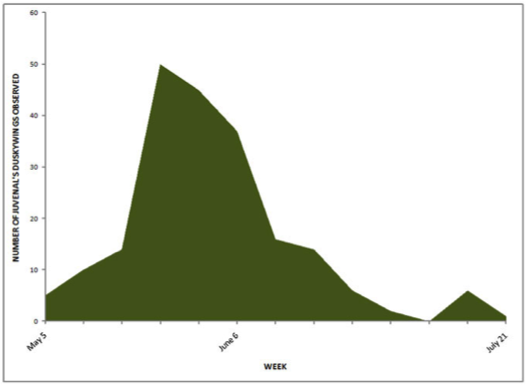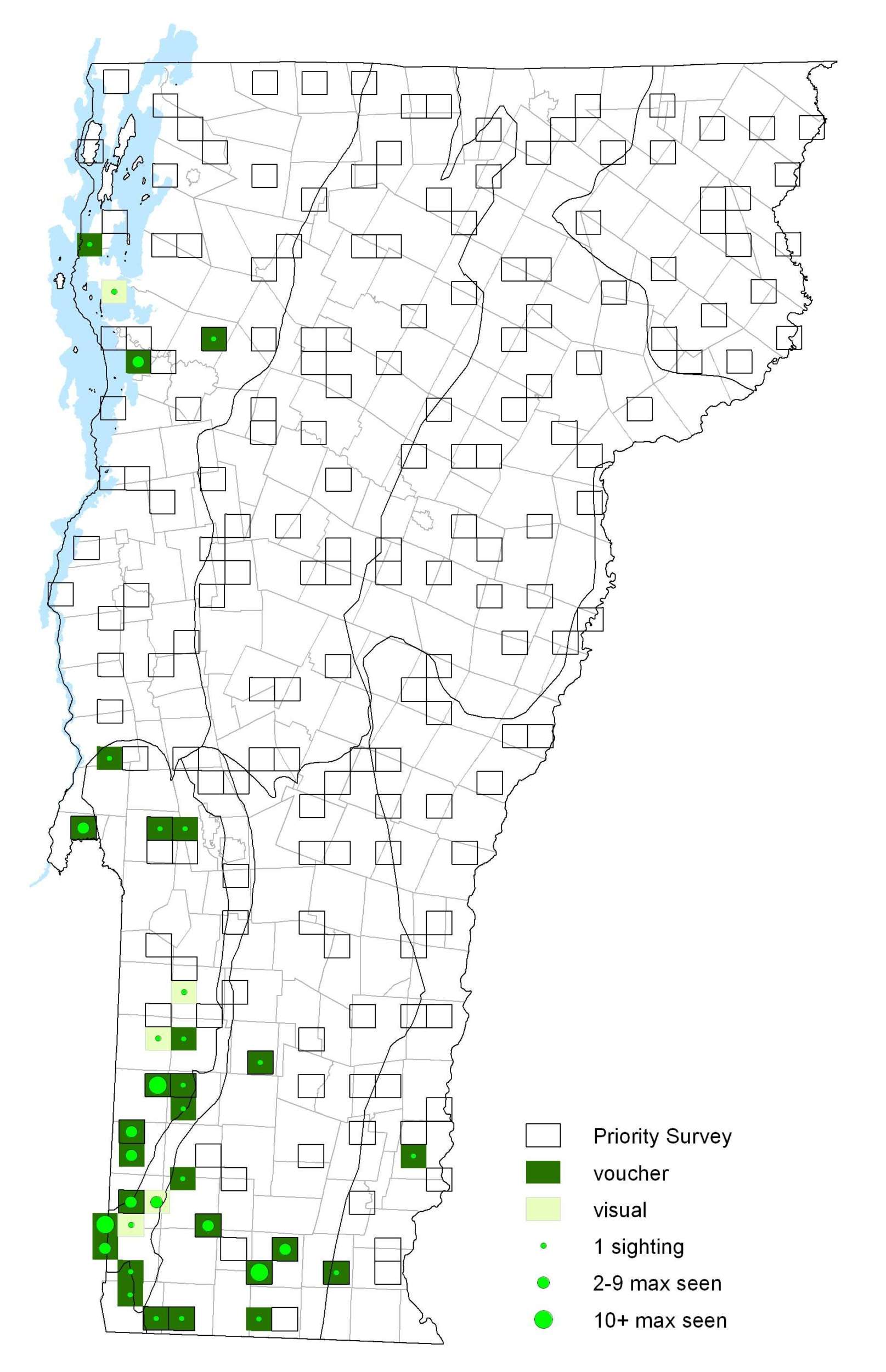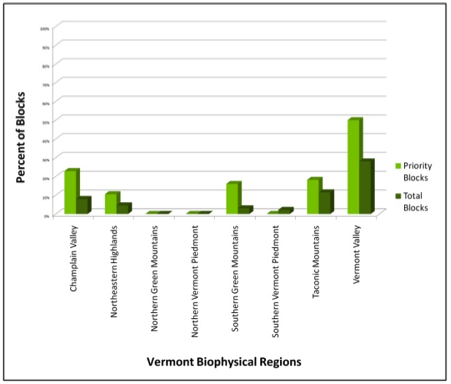|
Resident Conservation Status North American Range |
This early emerging, spring butterfly is large for a Duskywing. Two light spots on the outer portion of Juvenal’s ventral hindwing are diagnostic and easy to see on an unworn individual. Both males and females “puddle” and nectar. It is a fast flier and will dart away quickly when approached. To wait for females, males perch in forest clearings or edges on bare twigs about 3 to 12 feet above the ground; they will often patrol from these perches. Females lay eggs singly on young leaves and seedlings of the host plants. Larvae feed on leaves and rest in nests of rolled or tied leaves; fully-grown caterpillars hibernate.
Identification
Upperside of male is brown with clear spots, indistinct dark markings, and scattered white hairs; female has larger markings and spots. Underside of hindwing has 2 round pale spots below the apex. Male has a costal fold containing yellow scent scales; female has a patch of scent scales on the 7th abdominal segment.
Flight
One brood. Adults fly from the beginning of May through mid July. Greatest abundance is near the end of May into early June. Extreme dates: 5 May 2005 in Pownal (K. Hemeon) and Grand Isle (D. Hoag), 5 May 2006 in Bennington and Shaftsbury (K. Hemeon), and 21 July 2004 in Mount Tabor (R. Stewart).
Distribution and Habitat
Juvenal’s Duskywing was found predominantly west of the Green Mountains in Vermont. They are generalists and are able to utilize many different habitats including oak woods, edges and trails and scrub oak barrens. Larvae feed on a variety of oaks (Quercus). Adults are often seen “puddling”. They nectar dandelions (Taraxacum), cherries (Prunus), wisteria (Wisteria), and blueberry (Vaccinium).







